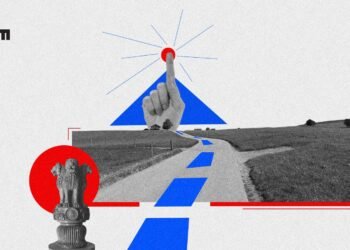Multimodal AI has evolved significantly in recent years, moving beyond traditional single-data-source models to incorporate multiple data sources across various modalities. This development has brought AI closer to mimicking human capabilities, as it can now process and integrate data from different sources such as text, images, audio, and video. This advancement has been noted by experts in the field, such as Anindya Sengupta and Abhijit Guha from Fractal, who have highlighted the potential of multimodal AI to revolutionize industries such as insurance.
In the past, AI was primarily limited to processing structured data, but with the development of multimodal AI, it can now also handle more complex forms of unstructured data, such as human language, images, and video. This is achieved through the integration of inputs from different faculties, such as vision, hearing, and speech, into a unified model that can mimic human-like processing and decision-making.
The mechanics of multimodal AI involve converting all inputs, regardless of their type, into numbers that can be processed using machine learning algorithms. Guha explains that there are three fusion techniques commonly used in multimodal AI: early fusion, late fusion, and hybrid fusion. Each technique has its strengths and is applied depending on the nature of the data and the specific task at hand.
One real-world application of multimodal AI is in the insurance industry, where it has been used to assess the validity of insurance claims. By integrating unstructured data, such as handwritten notes from claim adjusters, into the model, the accuracy of the predictions has significantly improved. This demonstrates the potential of multimodal AI to enhance decision-making and improve outcomes in various industries.
In conclusion, the development of multimodal AI has expanded the capabilities of AI and brought it closer to mimicking human capabilities. With its ability to process and integrate data from multiple sources, multimodal AI has the potential to revolutionize industries and improve decision-making processes.



















